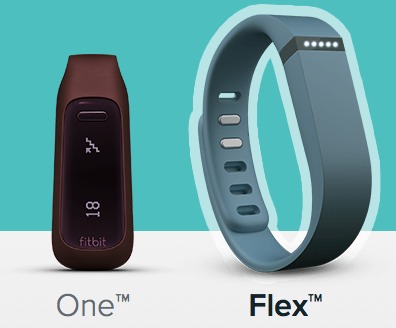Yesterday I attended a very classy luncheon with a bunch of very classy women. As the meal ended, over pistachio cookies and sorbet, two of the women started talking about their FitBit gadgets.

One woman dug her FitBit One out of her bra – yes, she carries it in her bra – and explained all that it did with great enthusiasm. The other woman wore a Flex bracelet. She confessed to being a technology dinosaur, but she was fascinated and obsessed with the data that she got from her FitBit.
They didn’t realize as they talked that they were describing how game theory has affected wearable technology. Nevertheless, that was how FitBit had hooked them both: rewards, feedback, realtime tracking, notifications, nags, acknowledgement. They were both dedicated to making those 10,000 steps per day, to getting quality sleep, to watching their calorie intake. They knew the FitBit was tracking them and they had such easy access to the information, they felt the gadgets had made them healthier people.
If the definition of creating a successful design is making a product that works, then FitBit has taken high tech and game theory and created a great product.
Google recently announced Android Wear, an operating system for smart watches. I wouldn’t be surprised to see FitBit and other technologies like it move into watches soon.